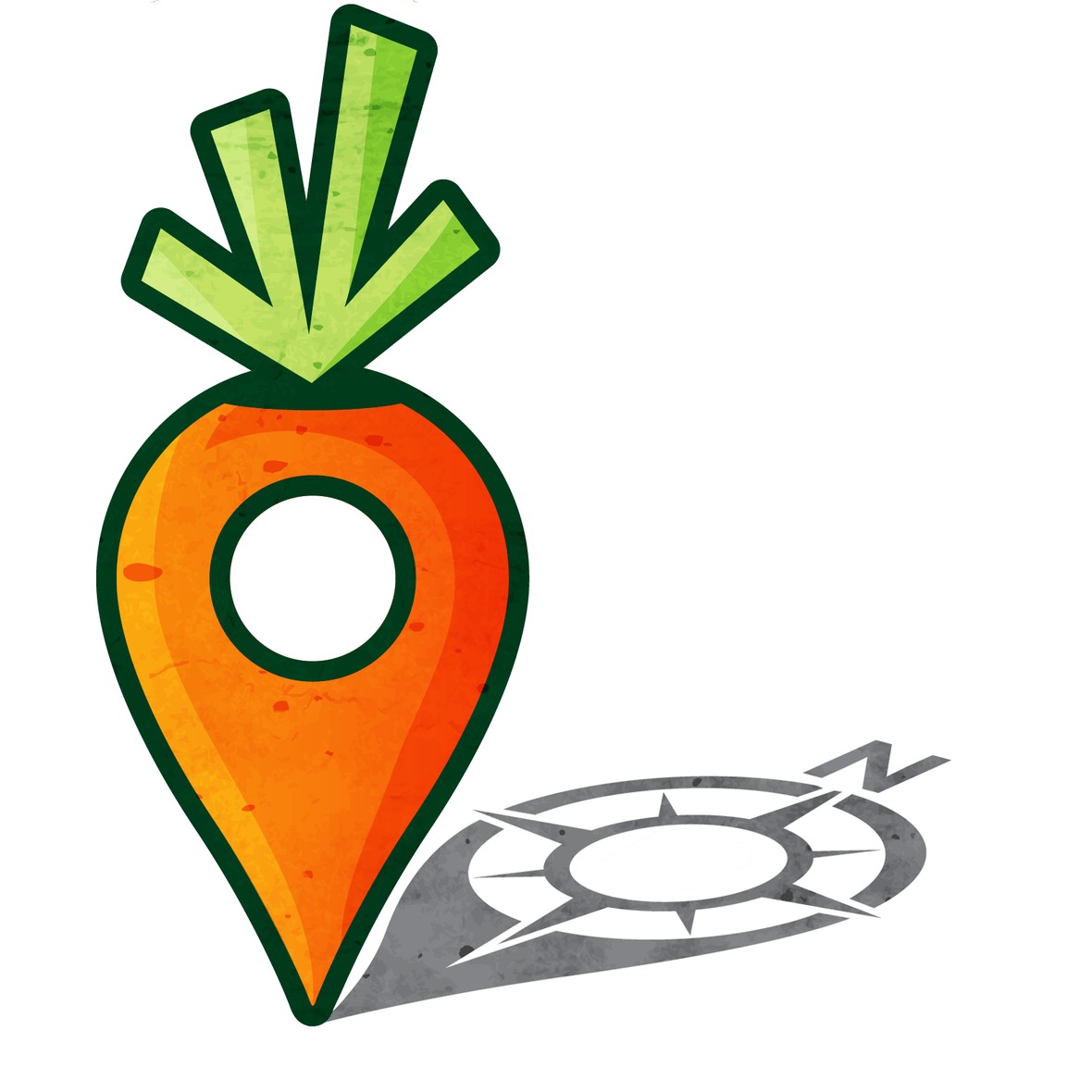More to local food than meets the lips
As October, the 10-Day Local Food Challenge month, rolls on, and the stories roll in on Facebook, I’ve seen something new and unexpected. It started when Ken White posted this:
We live in the San Francisco Bay Area, where we have an abundance of local food. Interestingly, though, our first “exotic” turned out to be water. Most of the East Bay’s water originates 150-200 miles from here in the Sierras. Food (water?) for thought!
 Then, to stir things up, I took a picture of the sloppy baskets of veggies and fruit and cartons of eggs and a door full of milk and zuke relish in my fridge and invited others to show us their fridges. Steve Hanson posted this picture and explained:
Then, to stir things up, I took a picture of the sloppy baskets of veggies and fruit and cartons of eggs and a door full of milk and zuke relish in my fridge and invited others to show us their fridges. Steve Hanson posted this picture and explained:
Obviously not a fridge, it’s an evaporative cooling cupboard drawing cool air from our cellar. The plastic bottle is reused we purchased the Bernache from a local fete. Homemade yogurt and our milk, the cheese is from a local factory less than 20 kilometres away. — at Permaculture Eden in Indre France.
Ahh, local isn’t just the food. It’s not just food miles. It’s the water and electricity that are part of our household food system.
Earlier, Jenny Getsinger posted a long reflection on “What is local”, excerpted here:
The point of the local food challenge is not to follow artificial rules such as sourcing food within an arbitrarily circumscribed area, such as a 100 mile radius, but to be aware of where our food comes from, enhance our food security, be kinder to the environment, and to strengthen community. Local is a word that focuses this commitment, implying closeness between ourselves, our human world, and the Earth.
On exotics she mused: Are some of these decisions about politics rather than environmental cost? Should we commit to the grains that grow in our own culture’s territories (wheat and wild rice in Canada, for instance)? Rice grown in the USA instead of China? Or should we support small farmers in poorer countries by buying quinoa from Bolivia? Surely it is important to be aware of the ideology behind where our shopping money goes….
Then there is the economic value of a term like “local”. Should I finish eating what is already in my pantry, or suddenly go out of my way to spend a lot of money at farmers’ markets just to feel good about buying local? …What is the balance between ordering fabulous organic meat (from within 100 miles) at a high price that will be delivered at extra cost and fuel vs. shopping at a butcher I can walk to, whose meat comes from the next province and is pretty good quality, but doesn’t cost quite so much?
I am grateful that the 10-day Local Food Challenge has brought these questions to the forefront of my attention, as I believe each assumption that informs our buying decisions needs to be reconsidered thoughtfully.
The world in a grain of… rice
The Challenge is like opening a door in your house you never knew was there. In floods light, and you come upon an unknown landscape with grass and trees and pathways. The Challenge is not just an endurance sprint. It’s a “brave new world.”
It can be humbling to recognize all the systems that must work perfectly for you to have coffee in the morning: not just getting the beans from Ethiopia to your grinder, but turning it on. Not just turning on the tap but considering where that water comes from. (Someone today commented to me in slight disgust that water comes out of the ground… like dirt!) Not just boiling the water but considering whether one could generate enough 100 mile electricity or gas to boil it – and if not, how else would we have coffee?
The painstaking exercise of figuring out, for 10 days, how to eat well within your 100 mile radius opens that door to another world. Walking through the door is letting yourself see a bigger picture of food. It’s considering the flows of energy, gas, water, air and human effort to turn your haul into a meal. And, as Jenny says, considering the politics and economics of the food, water, electricity and air.
Top it off with this. A Challenger in Australia reported on celebrating their last day with a festival where: We will also be speaking about local food security, collecting feedback about the local food challenge, and discussing the problem of a silver mine in a neighbouring town, which has been abandoned by the company who went bust and left their toxic legacy with the govt to deal with, which they are NOT.
Not just the food. Not just the water, air and energy. But the changing climate and the unintended consequences of industrial production.
The 10-Day Local Food Challenge is a worthy game leading to a luscious way to eat and new friends and empowerment. It is also a place from which to look at how resources flow around our world – the air, water, power, and food – so we can know ourselves and our moment in time better, can be grateful, humbled, curious and fired up all at once.
Our pole star has been: 50% of our food from 500 miles by 2050. We believe that your experience of doing the Challenge will set your sights somewhere on this horizon as well.

No comments